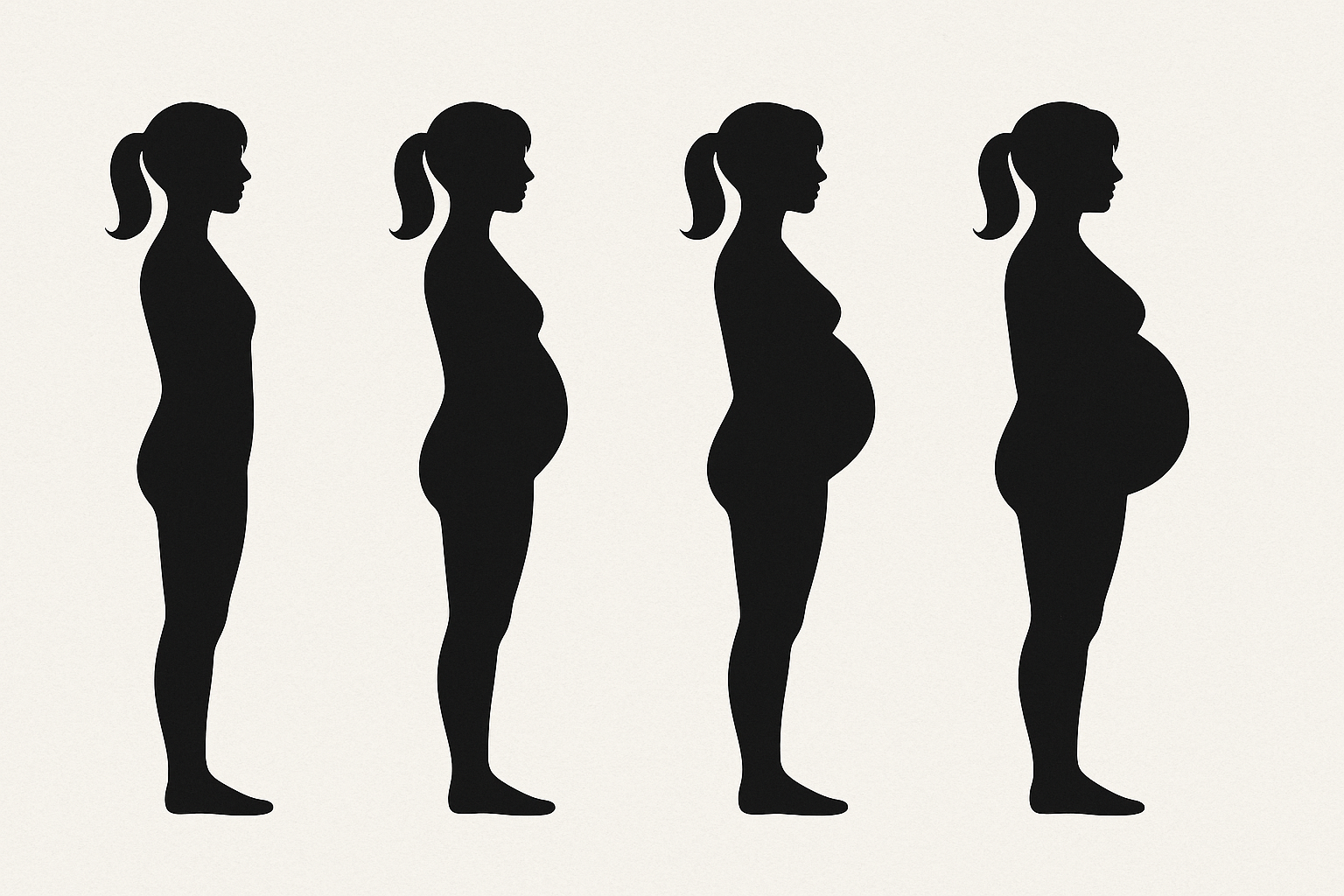SURVIVING YOUR COMPUTER : FOLLOWING THE CIRCADIAN CYCLE
With days getting longer until June 21st, it is getting harder to remember the long dark days of winter. And I cannot think of anyone complaining about that right now...
Our brains are equipped with light sensors that are able to recognize light patterns associated with different times of the day. The brain's interpretation of the time of the day, in turn, allows it to trigger the right hormones that regulate the sleep-wake cycle
A big issue that can arise from the use of computers is that the main light stimulation emanating from our screens does not mirror those normal diurnal variations, but instead give off a steady "early to mid-day" blue light signal that continuously tells our brains that it is not evening, and delays the release of major sleep hormones including melatonin. Thus, computer use, especially in the afternoon and evening, can set you up for disrupted sleep cycles.
Ultimately it is best to get your computer work done as early as possible during the day, and keep non-screen based reading such as books and other print materials for later hours. This is especially true for children since their developing brains are so much more sensitive to any kind of stimulus, but there are a few technologies available to mitigate the problem. The link below is to a free software that will adjust the light/color emitting pattern of your screen based on the sunset/sunrise times of your particular geographic location.
https://justgetflux.com/





